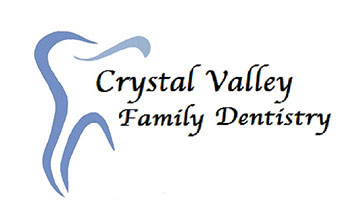
Impacted Canines Blocked From Proper Eruption
As humans, we have four canine teeth. Two on the top and two on the bottom. They are called canine teeth due to the resemblance of dog fangs. The roots of these teeth are often the longest and largest of any teeth. This means these teeth are especially bonded into the jaw. Canines are usually among the last to fully erupt from the gums.
When a tooth is impacted, that means it is unable to come out (erupt) of the gums. Impaction usually occurs when a tooth is being blocked from properly coming in due to a lack of space from other teeth. This is common wisdom teeth which usually don’t come in until a person’s mid to late teens. The top canines are the second most common tooth to be impacted. Unlike wisdom teeth, canines are important to your bite.
Here are a couple of reasons why getting impacted canines treated is important:
- Closing Gaps: Since canines are the last of the front teeth to come in, they close the last remaining gaps. When the teeth become impacted, these gaps can remain and cause unnecessary strain. It may also be more difficult to properly brush, making the person more susceptible to gum disease.
- Bite and Function: Canines act as guides in that the help align the jaw into the correct position. If you try biting down with your jaw misaligned, you’ll notice the canines guide everything together. When the canines are not fully erupted, this function is missing. On top of helping maintain proper alignment, the canine teeth also are important for eating and speaking.
Common Causes of Impaction
- Extra Teeth (Hyperdontia): If there are extra teeth that have erupted from the arch of the mouth, it may leave no room for the canines to fully come in.
- Overcrowding: When teeth are misaligned, they may hinder the space needed for canines to fully erupt and function correctly.
Our staff should be able to examine and determine early on if there will be problems with the canines. If the canine teeth are not fully erupting, we can recommend the right treatment.
What does the treatment of impacted canines involve?
If extra teeth are present, Dr. Regan DDS may recommend that these teeth be pulled. After that, the tooth can be exposed and attached to a bracket to be guided into place. Often times, braces may be used to align the teeth and create the space necessary for the canines. The procedure for impacted canines may leave the patient sore. Dr. Regan DDS will give recommendations and medication will be prescribed if/when necessary.


